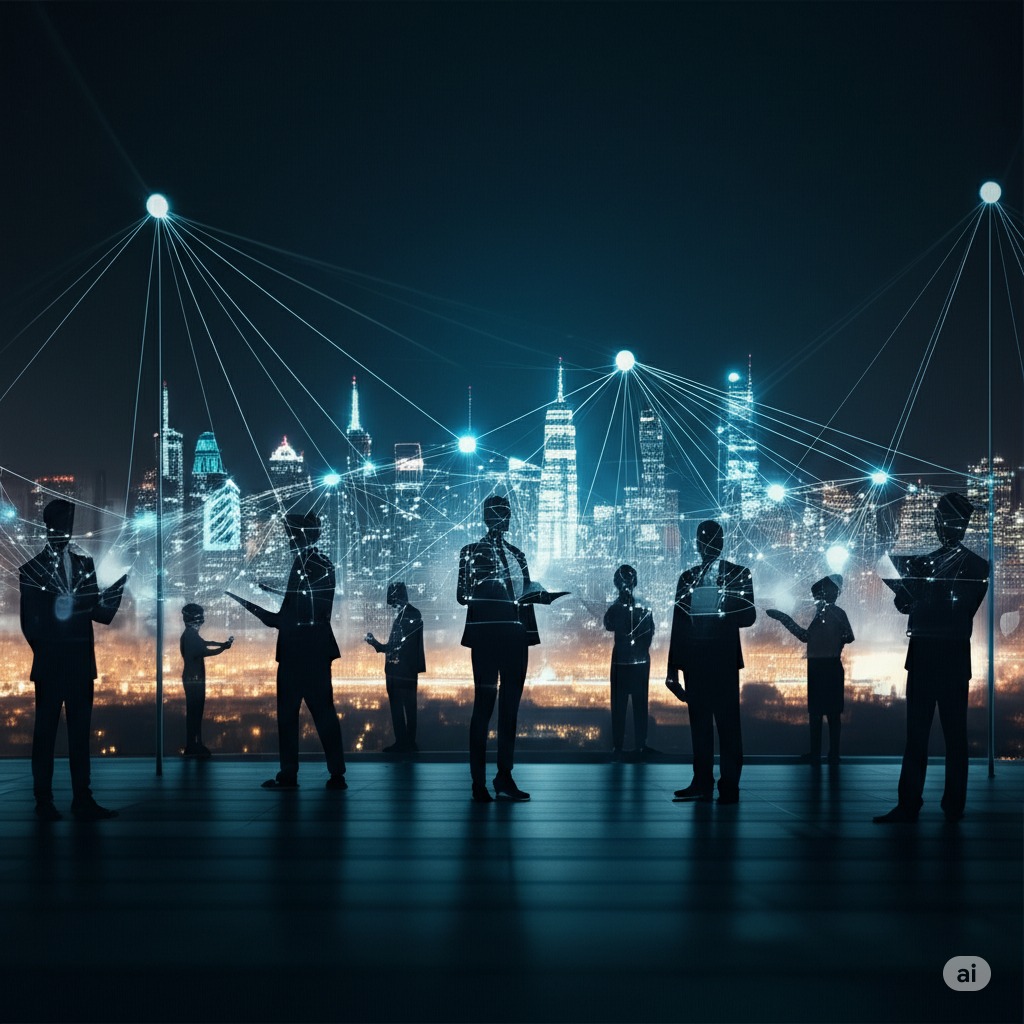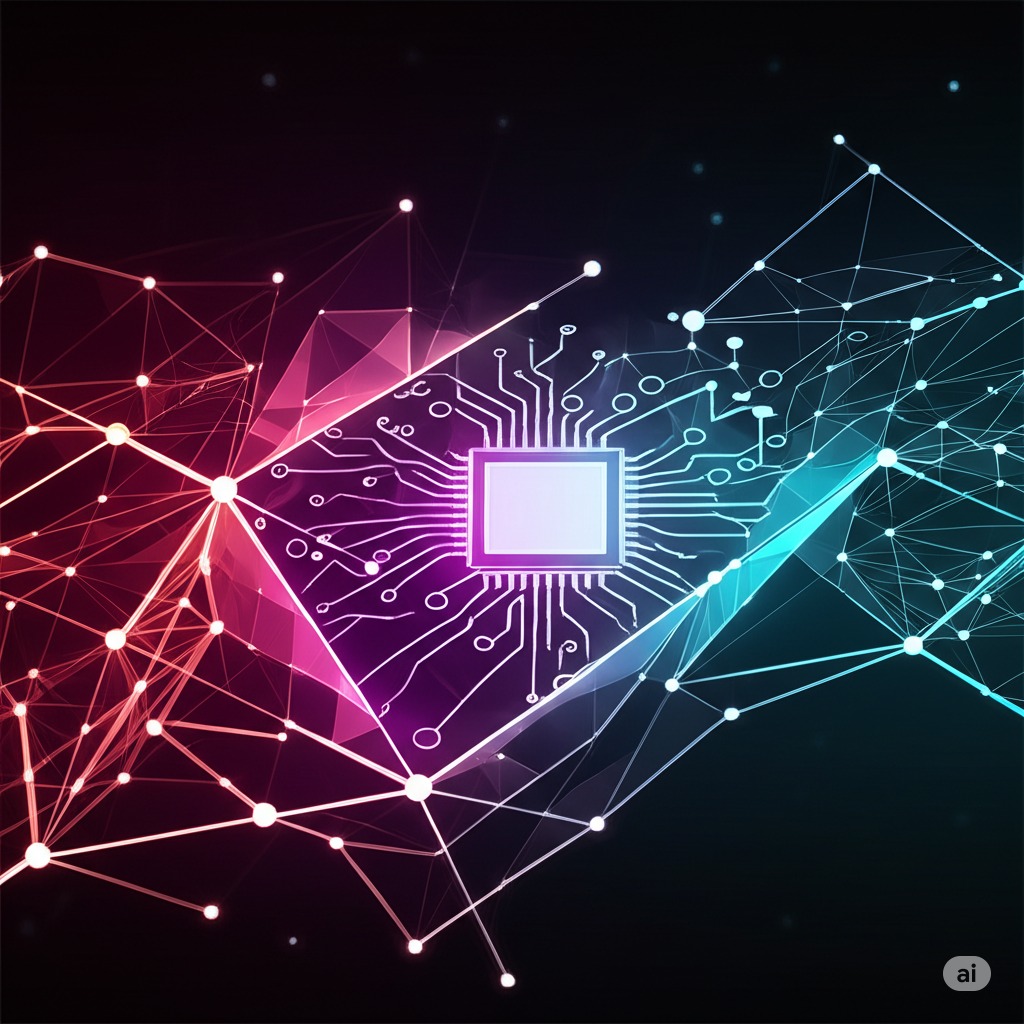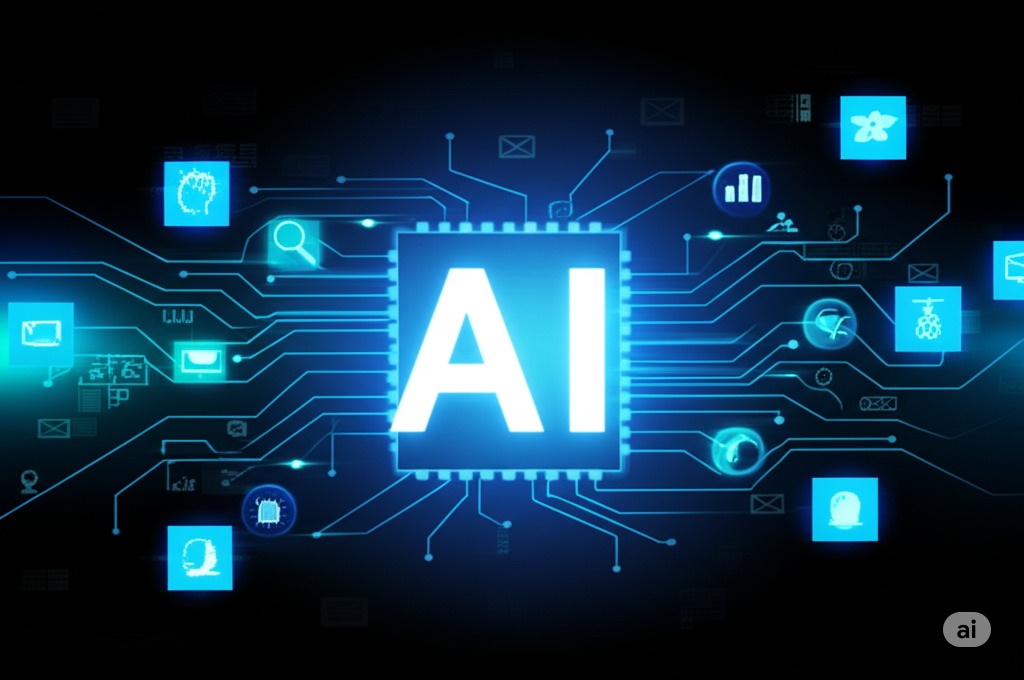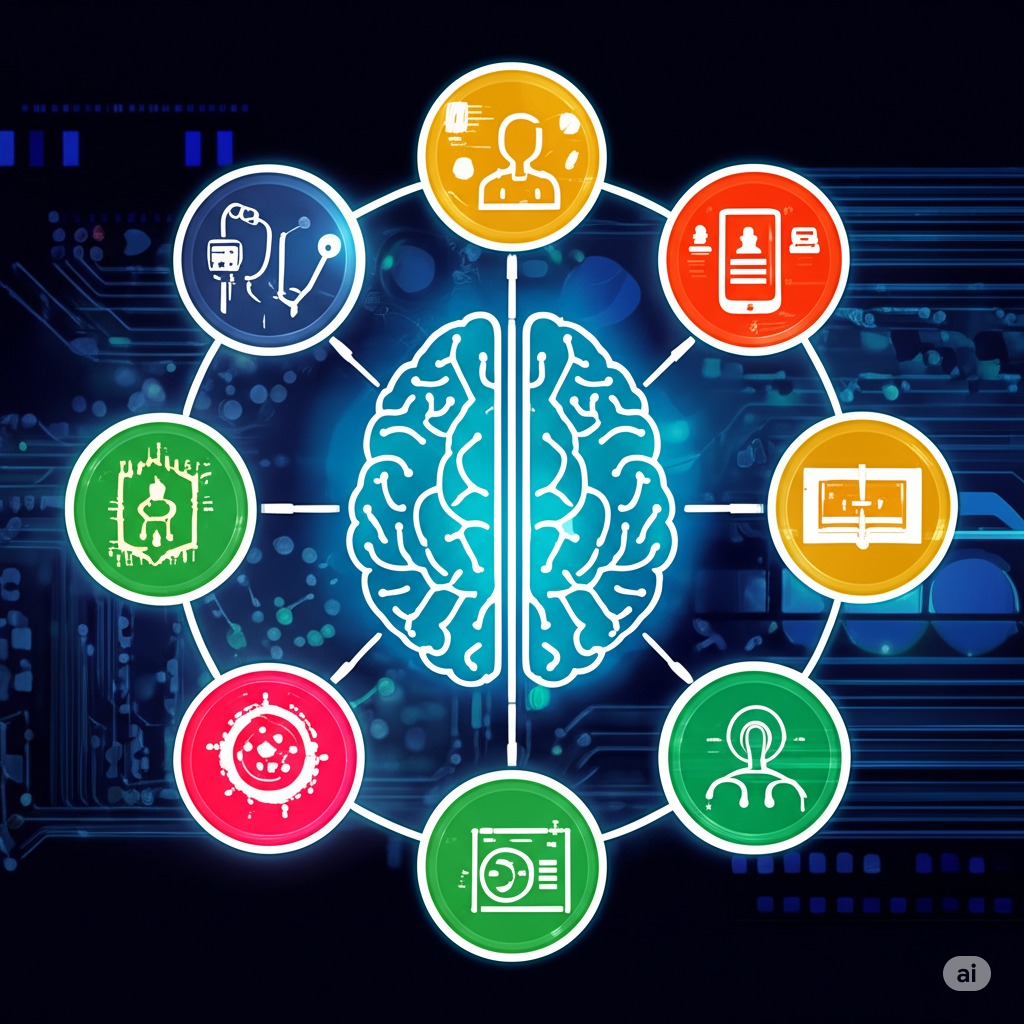
Introduction
AI isn’t some far-off concept anymore it’s already changing the way we work. From smart assistants that manage your inbox to tools that can write code or generate content, artificial intelligence is quickly becoming part of our daily workflow.
Whether you’re a student preparing to enter the job market, a professor designing tomorrow’s curriculum, a business leader streamlining operations, or just someone curious about technology understanding how AI is shaping the future of work is more important than ever.
In this article, we’ll break down how AI is transforming jobs, which roles are most at risk, and what skills you’ll need to stay ahead by 2030. You’ll also see how white-collar and blue-collar jobs are being affected differently, and what new career opportunities are emerging in the AI age.
1. The Rise of AI in the Workplace
AI has been influencing jobs for decades, starting with basic automation and data systems. But the introduction of generative AI tools like ChatGPT in the 2020s has taken things to the next level—especially in knowledge-based roles.
Industries like finance, healthcare, logistics, education, and IT are now using AI for everything from forecasting and diagnostics to personalized learning and emotional recognition. For example:
- Finance: Robo-advisors and fraud detection systems
- Education: AI-powered tutoring and personalized lesson plans
- Healthcare: AI-assisted medical imaging and early diagnostics
- IT: Automated code debugging and DevOps tools
These advancements show how AI is evolving from being a background tool to becoming a central player—especially in white-collar environments.
2. What Jobs Might AI Replace by 2030?

According to the World Economic Forum, AI could replace around 85 million jobs by 2030. But this impact won’t be the same across all sectors.
Jobs at High Risk:
- Data entry and payroll clerks
- Call center agents and telemarketers
- Basic customer service roles
- Legal assistants and paralegals
- Retail cashiers
White-Collar Exposure:
Entry-level positions in fields like accounting, HR (resume screening), law (contract analysis), and marketing (automated content) are already seeing AI take over repetitive tasks.
Blue-Collar Exposure:
- Autonomous delivery trucks are threatening driving jobs
- AI-powered factories are cutting down manual labor roles
The key question isn’t just “Which jobs will be lost?” it’s “How do we adapt to jobs that are evolving?”
3. Jobs AI Won’t Easily Replace
Even as AI automates routine work, some roles remain firmly in the human domain—especially those that demand creativity, empathy, and strategic thinking.
Hard-to-Automate Careers:
- Teachers and therapists: Require emotional insight and human interaction
- Leaders and strategists: Need complex judgment and ethical decision-making
- Creative professionals: Artists, filmmakers, designers, and writers
New Hybrid Roles:
- Prompt engineers
- AI ethicists
- Human-in-the-loop supervisors
- AI translators (connecting tech and business)
Rather than competing with AI, these roles show how people can collaborate with it.
4. How AI Is Creating New Career Paths

AI isn’t just replacing jobs it’s also creating brand-new ones. A PwC study estimates that AI could add $15.7 trillion to the global economy by 2030, driving demand for entirely new types of work.
Emerging Tech Roles:
- Machine learning engineers
- Data scientists and data analysts
- AI trainers and model annotators
- AI compliance officers
- Robotics maintenance technicians
Creative + Tech Fusion:
- Content creators using AI tools like Jasper or Pictory
- Designers working with AI for faster iterations
- AI strategists in marketing, HR, and operations
This shift is opening doors for people who can blend domain expertise with AI fluency.
5. White-Collar vs. Blue-Collar: Who’s More at Risk?
It’s a myth that only manual labor is disrupted. In fact, AI may be more disruptive in white-collar professions due to its ability to perform cognitive tasks.
Blue-Collar Disruption:
- Predictive maintenance using IoT and AI
- Self-driving vehicles replacing taxi and delivery drivers
White-Collar Disruption:
- Legal research by tools like Harvey AI
- Automated accounting reports
- AI-generated marketing campaigns
Ultimately, AI is reshaping jobs based on what you do not whether you wear a suit or a uniform.
6. Skills You’ll Need in the AI-Driven Workplace

To stay competitive, it’s not enough to be tech-savvy you’ll need a blend of technical and human skills.
Future-Ready Skills:
- AI and data literacy
- Critical thinking and interpretation of AI outputs
- Adaptability and lifelong learning
- Cross-functional collaboration
- Ethical reasoning and leadership
Think of these as the new must-haves for thriving in a rapidly changing job market.
7. Adapting to AI: Tips for Students, Educators & Professionals
Everyone regardless of career stage needs to start preparing for an AI-enhanced future.
Students:
- Learn coding, AI tools, or data science basics
- Choose majors that integrate tech (e.g., AI in healthcare or business)
Educators:
- Add AI topics to lesson plans
- Explore interdisciplinary research in AI and ethics, policy, or society
Professionals:
- Upskill your team in AI tools
- Focus on using AI to boost productivity not just cut costs
Being proactive is the best way to future-proof your career.
8. The Bigger Picture: Ethics, Equity & Economics
AI also brings serious social and economic questions that we can’t ignore.
⚖️ Ethical Concerns:
- Bias in hiring or promotion algorithms
- Job loss hitting low-income groups hardest
- Lack of regulation and transparency
💰 Economic Responses:
- Proposals for Universal Basic Income (UBI)
- New policies to support gig workers and those displaced by AI
Any conversation about AI’s future must include fairness and responsibility.
9. Final Thoughts + Takeaways
AI isn’t here to replace you, it’s here to work with you. By 2030, most jobs will involve some level of AI collaboration. The winners will be those who learn how to use it, not fear it.
🎯 Key Takeaways:
- Stay updated on AI trends and job market shifts
- Build both tech skills and soft skills
- Embrace AI as a tool to enhance your work
Whether you’re just starting out or leading a team, learning how to adapt to AI is your best bet for staying ahead.
🔎 FAQs
Q: What kinds of jobs are safe from AI?
Creative, empathetic, and hands-on jobs like teachers, therapists, nurses, and electricians are less likely to be automated.
Q: How can I prepare for the AI job market?
Start with free AI courses, develop soft skills, and practice using AI tools like ChatGPT or Jasper to build your comfort level.
Q: Is AI more of a threat or an opportunity?
Both. It’s a risk to repetitive roles, but a huge opportunity for those who are ready to adapt and lead in the AI era.
🧠 Tools & Resources to Explore
Courses:
- AI For Everyone – Coursera
- Google AI Learning Path
- Microsoft Learn: AI Fundamentals
Books:
- AI Superpowers by Kai-Fu Lee
- The Future of Work by Jacob Morgan
AI Tools to Try:
- ChatGPT
- Notion AI
- Jasper AI
- Descript